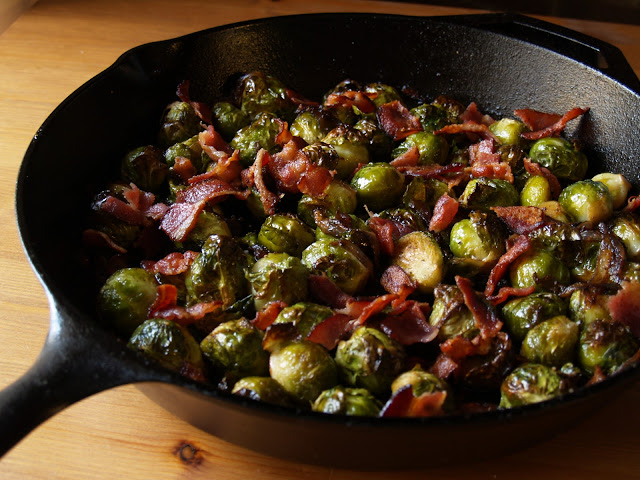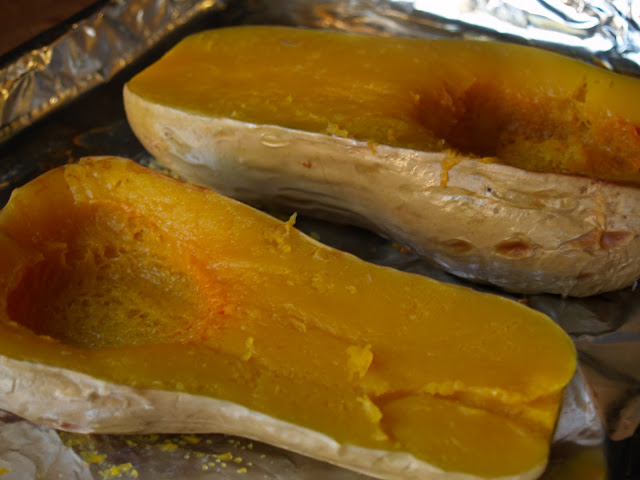This recipe comes from Tom Colicchio, the former executive chef at
Gramercy Tavern in NYC, and was also featured on Saveur.com and
The Heritage Cook. These dinner rolls are perfect for the Thanksgiving table. There's nothing like the scent of freshly made bread wafting throughout the home. Frankly, I was salivating. The good news is that they can be made days or weeks in advance and frozen until ready to use. This will free up much of your time, especially if you're cooking for a whole gaggle of folks this Thanksgiving. These yeasty delights have a crisp flaky top and a light and fluffy center. Need I say more?
First rise
Deflating dough
Second rise
Third rise
DINNER ROLLS:
Adapted from Tom Colicchio
1 1/2 cups whole milk, heated to 110 degrees F
2 tsp. barley malt syrup
2 packets active dry yeast (2 1/4 tsp. each)
4 cups all purpose flour
1 1/2 tsp. kosher salt
4 tbsp. unsalted butter, melted and slightly cooled (should not exceed 110 degrees F)
2 tbsp. unsalted butter, melted for brushing
Sea salt or fleur de sel, for sprinkling
In a small sauce pot, heat the milk to 110 to 115 degrees F, over low heat. Use an instant read thermometer to be absolutely sure you've reached the right temperature (be sure not to overheat the milk, as this will kill the yeast and the rolls won't rise). Remove from heat and transfer to a small bowl; stir in malt syrup. Stir in yeast and let sit until foamy, about 10 minutes.
In a medium sized bowl, whisk together flour and salt. Add the milk mixture along with the 4 tbsp. of melted butter and stir together with a wooden spoon until a dough forms. Transfer to a lightly floured surface and knead until dough is satiny and no longer sticky, about 5 to 6 minutes. Roll dough into a ball and place inside a buttered bowl, turning once, so all the dough is lightly covered in butter. Cover with a clean kitchen towel in a warm place until doubled in volume. The first rise will take about 60 to 75 minutes.
When the dough has risen, uncover and press it down in the center to deflate, don't punch it. Form the dough into a smooth ball, cover and let sit until doubled in volume again. The second rise will take another 60 to 75 minutes.
Butter a 12-inch cast iron skillet. Portion the dough into 28 to 30 equal pieces, about 1 1/2-inch diameter balls, about the size of a ping pong ball (a bench scraper works great to cut the dough). Transfer the rolls to the prepared skillet. This will be a nice tight squeeze and all the rolls should be touching each other. As before, cover the rolls with a kitchen towel and let rise until doubled in size. The third rise will take about 1 1/2 to 2 hours.
Preheat the oven to 375 degrees F thirty minutes prior to baking the rolls. Once the rolls have risen, brush with melted butter and sprinkle with sea salt or fleur de sel. Bake until the tops are lightly browned, about 20 to 30 minutes. If they are browning too quickly, tent loosely with foil. If they are not browning fast enough, increase the oven temperature to 400 degrees F. Remove from oven and let rest in the pan for 5 to 10 minutes before removing. The rolls should come out in one large piece (like a pull-apart loaf). Place on a cooling rack and serve warm or at room temperature.
Place the rolls in a well-sealed plastic container if using the following day. Otherwise, after cooling completely, wrap the entire "loaf" with plastic wrap and again with tin foil. Freeze for later use. To reheat, place the uncovered loaf directly on a baking sheet in a preheated 300 degree F oven. Bake about 5 to 10 minutes or until warmed through. Once warm, break apart the rolls and serve immediately.
Yield: 28-30 rolls
Notes:
- Since my kitchen was a bit cool, I let the dough rise in the oven. Turn the oven onto 250 degrees F for about a minute and then shut off- you don't want it to get too hot. Place the covered dough in the slightly warmed oven. Repeat with each rising session. If you're already baking something in the oven, simply place the bowl near it to stay warm.























































